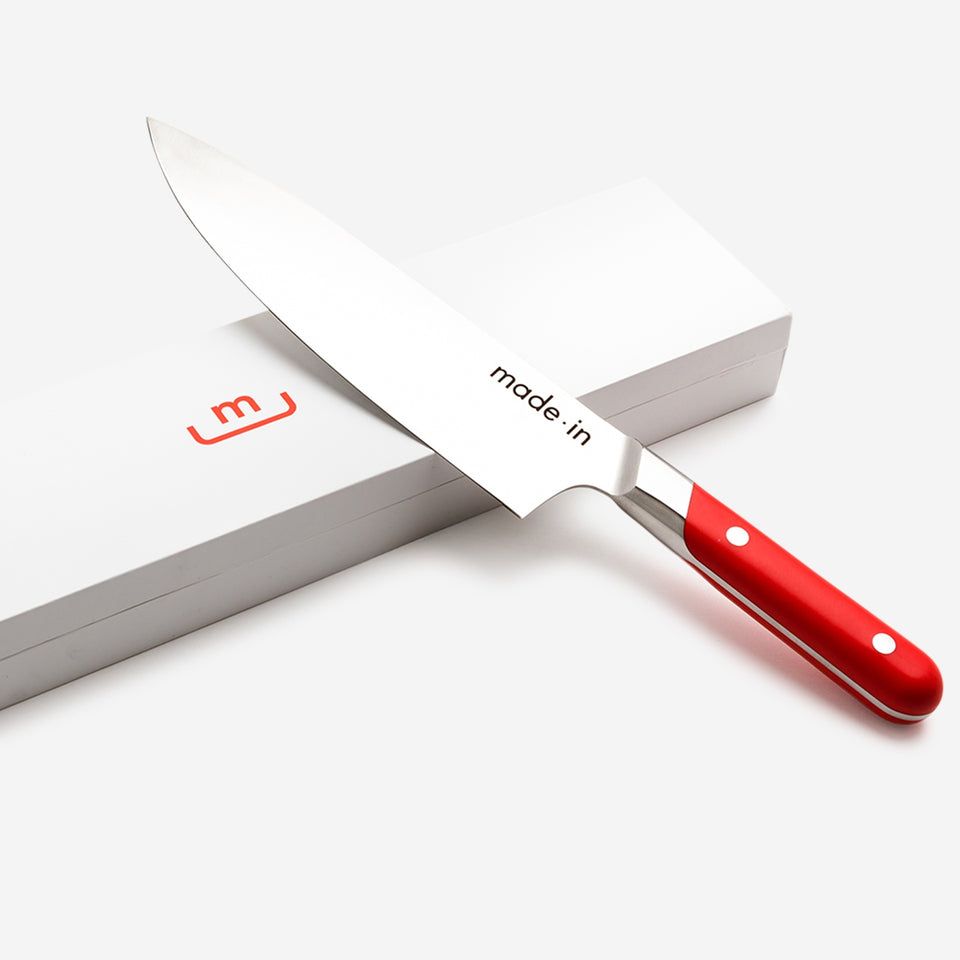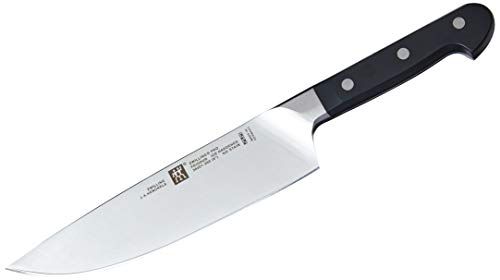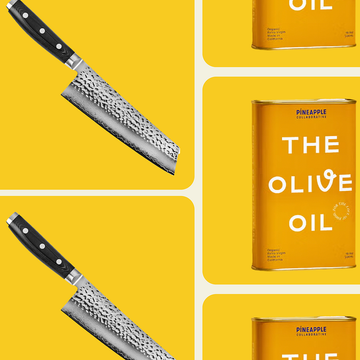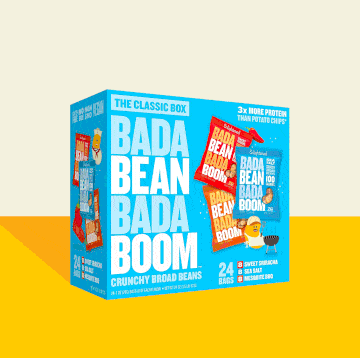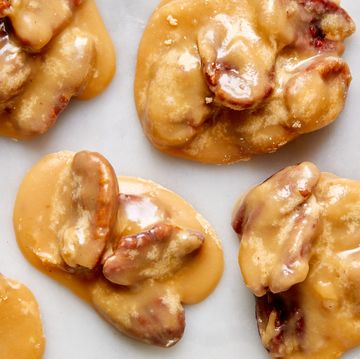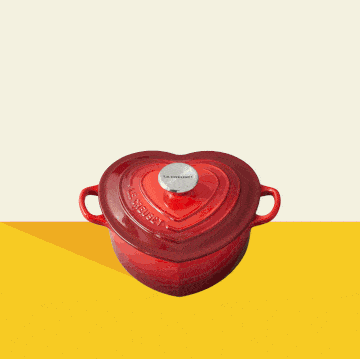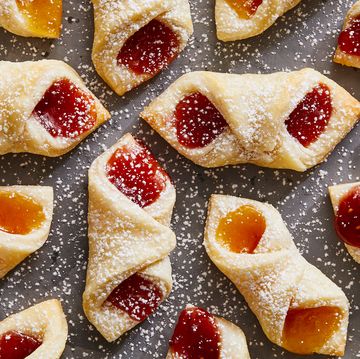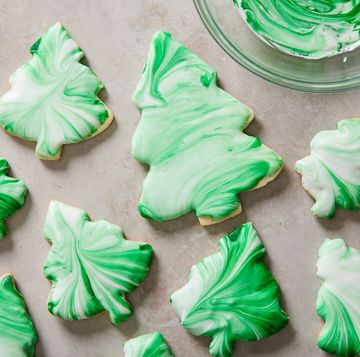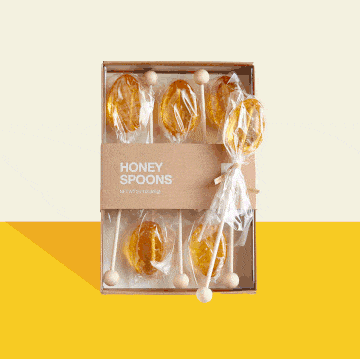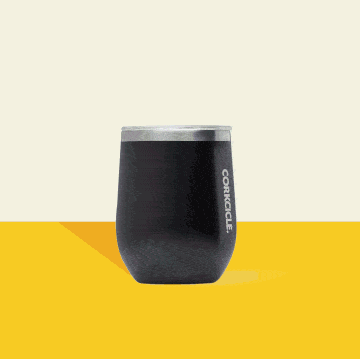The 12 Best Kitchen Knives Of 2023
Slice, slice, baby!
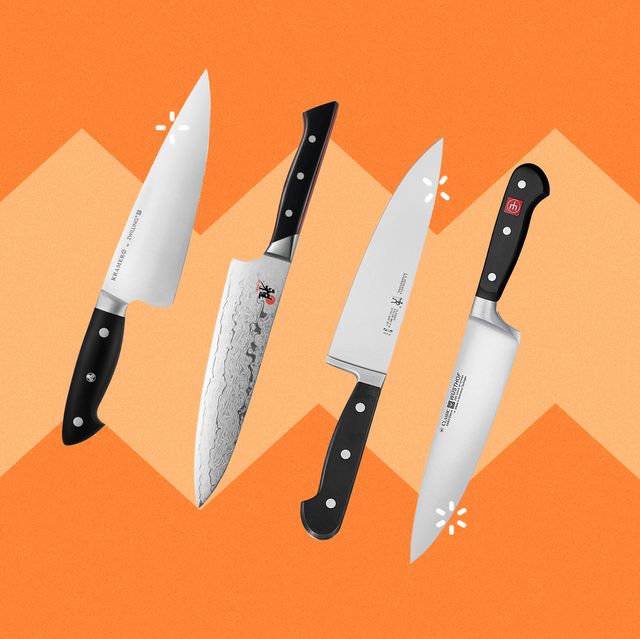
Delish editors handpick every product we feature. We may earn commission from the links on this page.
When was the last time you upgraded your kitchen knives? As any professional chef will tell you, a quality knife is the most essential utensil in your culinary arsenal. As a matter of fact, if there’s any kitchen tool you’re going to invest in, it should be a knife. (Yes, even more important than an air fryer or any other cool kitchen gadget.)
A sturdy, reliable knife doesn't just affect the quality of your cuts. It can also be the one thing that stands between a safe cooking experience and a trip to your local urgent care. After all, a dull knife is a dangerous knife—they require you to put more pressure into every slice, which increases the chances of your tool slipping and causing bodily injury. You don't want that!
As for why you should invest in a kitchen knife as opposed to butcher’s knives, bread knives, or meat cleavers? Those knives are fantastic, too. But if you want a single knife that can do it all—from chopping up ingredients for a one-pan salmon and orzo to carving a whole chicken to dicing fruit, herbs, and cheese for a refreshing watermelon feta salad—kitchen knives are your best bet.
But which knife is best for you? We’ve rounded up the best on the market, including popular brands used and recommended by the pros, like the Gordon Ramsay-approved Wüsthof and Bobby Flay’s favorite Shun, as well as the sharpest knives available (they can even slice through paper!). Curious if your favorite made the cut? Read on below for our recommendations.
Secured your knife? You'll want to know how to sharpen them. Pair it with one of the best cutting boards around, and your slicing and dicing game will be as good as gold.
Our top picks
- Best Kitchen Knife: Wüsthof Classic 8-Inch Chef's Knife
- Best Budget Kitchen Knife: J.A. Henckels Classic 8-Inch Chef Knife
- Best Splurge Kitchen Knife: Kramer by Zwilling Euroline Essential Collection 8-Inch Chef's Knife
- Most Versatile Kitchen Knife: Wüsthof Classic 7-Inch Craftsman Knife
- Easiest to Use Kitchen Knife: Made In 8-inch Chef Knife
- Most Durable Kitchen Knife: Mercer Culinary Renaissance 8-Inch Chef's Knife
- Best Ergonomic Kitchen Knife: Zwilling Pro 8-Inch Chef's Knife
- Best Celebrity Kitchen Knife: Miyabi Morimoto Edition 8-Inch Chef's Knife
- Best Lightweight Kitchen Knife: Mac Professional 8-Inch Hollow Edge Chef Knife
- Best Kitchen Knife for Beginners: Mercer Culinary Millennia 8-Inch Chef's Knife
- Best Kitchen Knife for Small Hands: Shun Classic 6-Inch Chef Knife
- Sharpest Kitchen Knife: Global Hollow-Edge Santoku 7-Inch Chef’s Knife
How we picked these products

To determine which kitchen knives are a cut above the rest, we turned to our friends at the Good Housekeeping Institute, who over the years have evaluated over 30 knives to find the best on the market. Their team of on-staff experts—which includes all types: engineers! data analysts! registered dietitians!—rigorously put everyday products to the test (and then more and more tests) in their New York City-based labs to determine which ones you can trust.
In this case, Good Housekeeping Institute experts put each knife model through rigorous testing to determine its overall capability when performing tasks like slicing tomatoes, chopping herbs, mincing garlic, and dicing carrots and onions. We then narrowed down our recommendations based on their results and notes on each contender’s sharpness, ease of use, performance, handle and blade length, clean-ability, weight, durability, and ergonomics. These are the best kitchen knives you can buy in 2022.

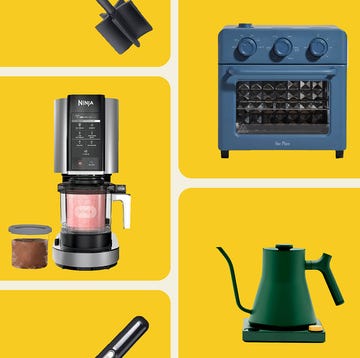
75 Unique Kitchen Gadgets To Spice Up Your Cooking
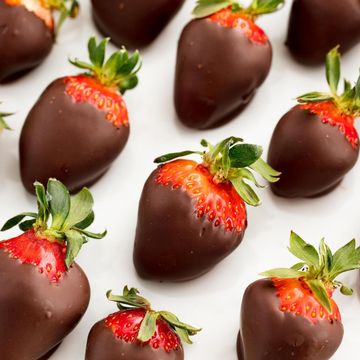
Chocolate-Covered Strawberries

75 Homemade Holiday Food Gifts
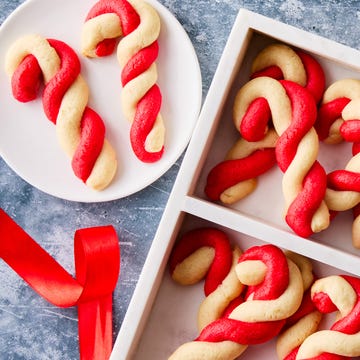
Candy Cane Cookies




